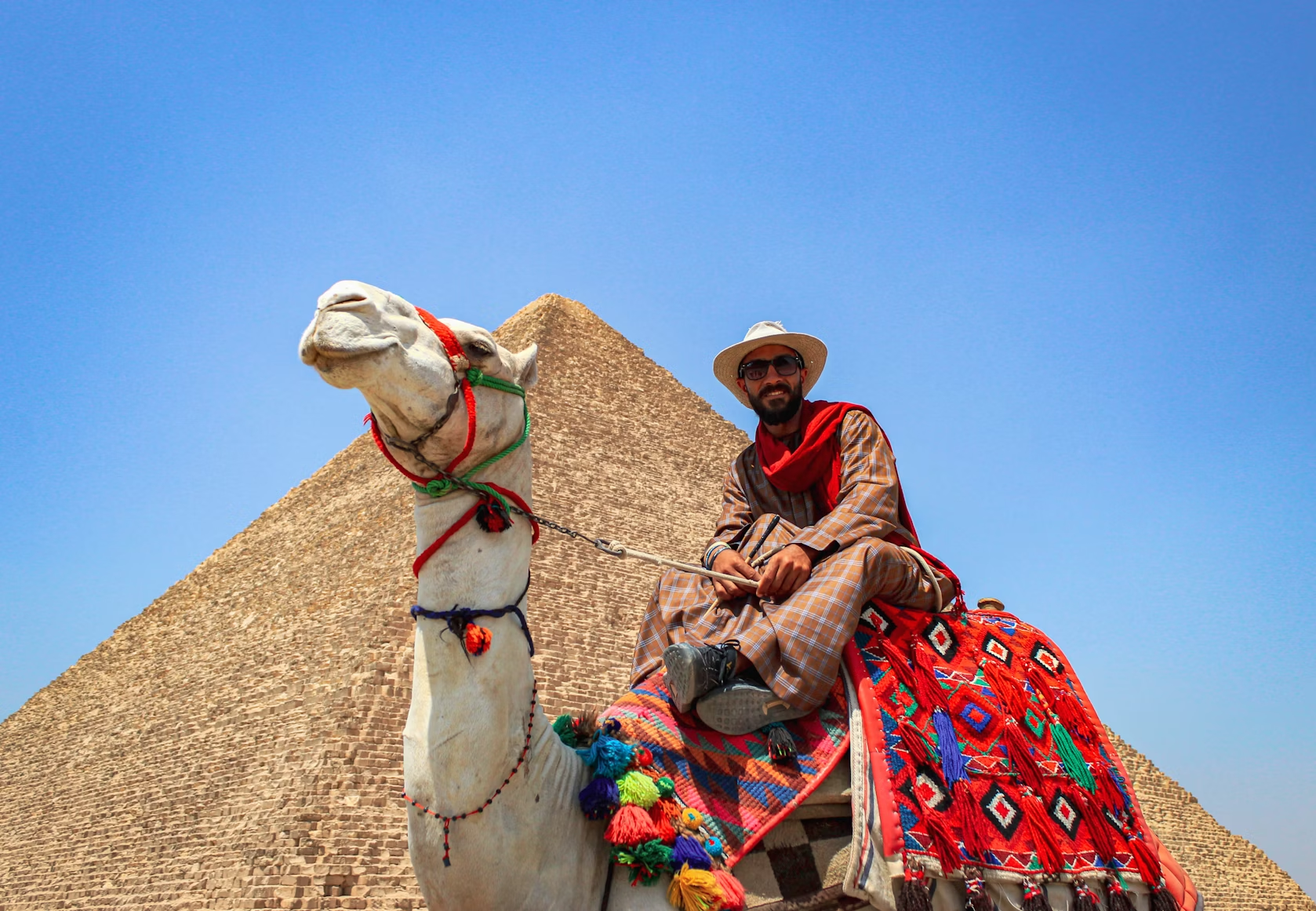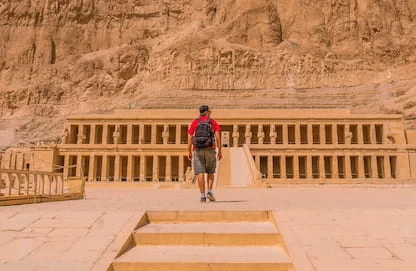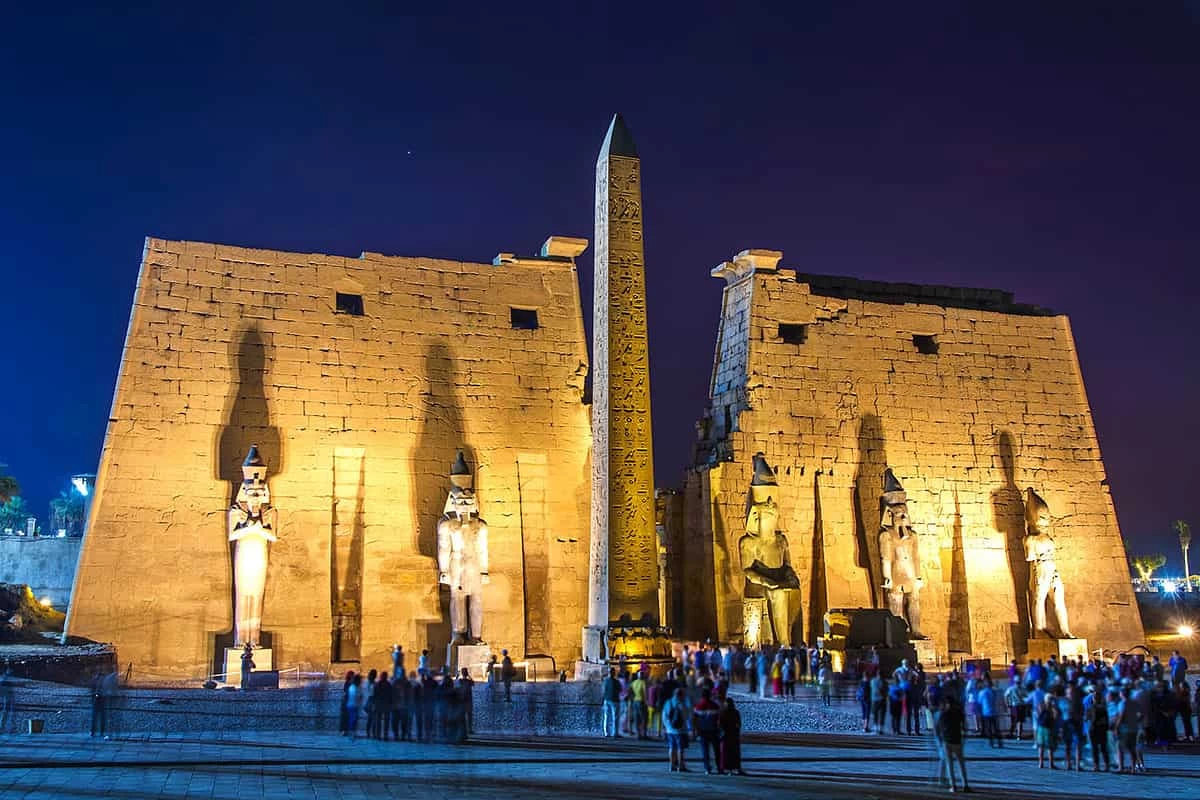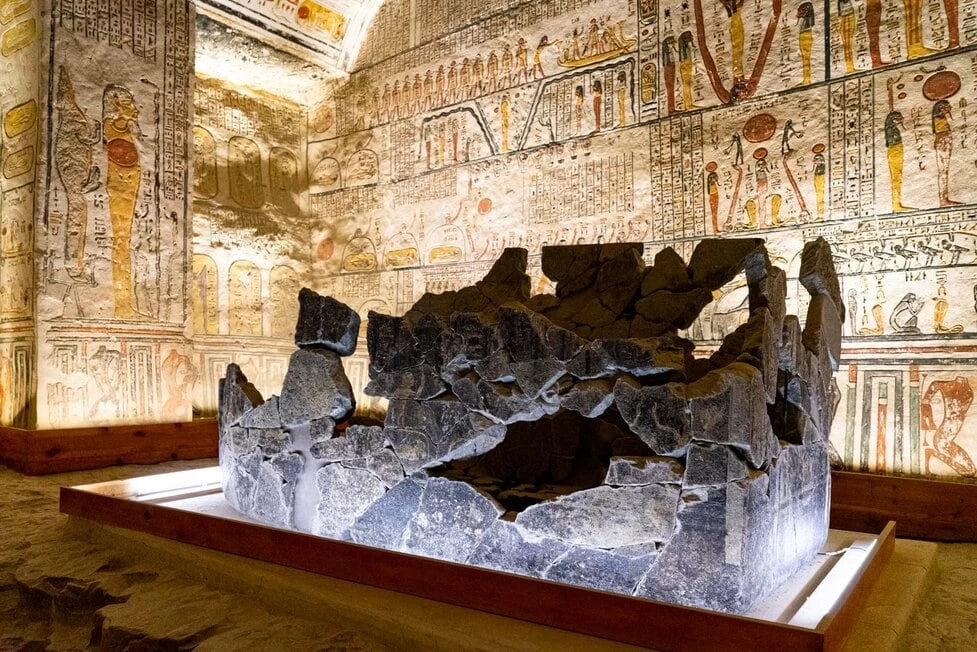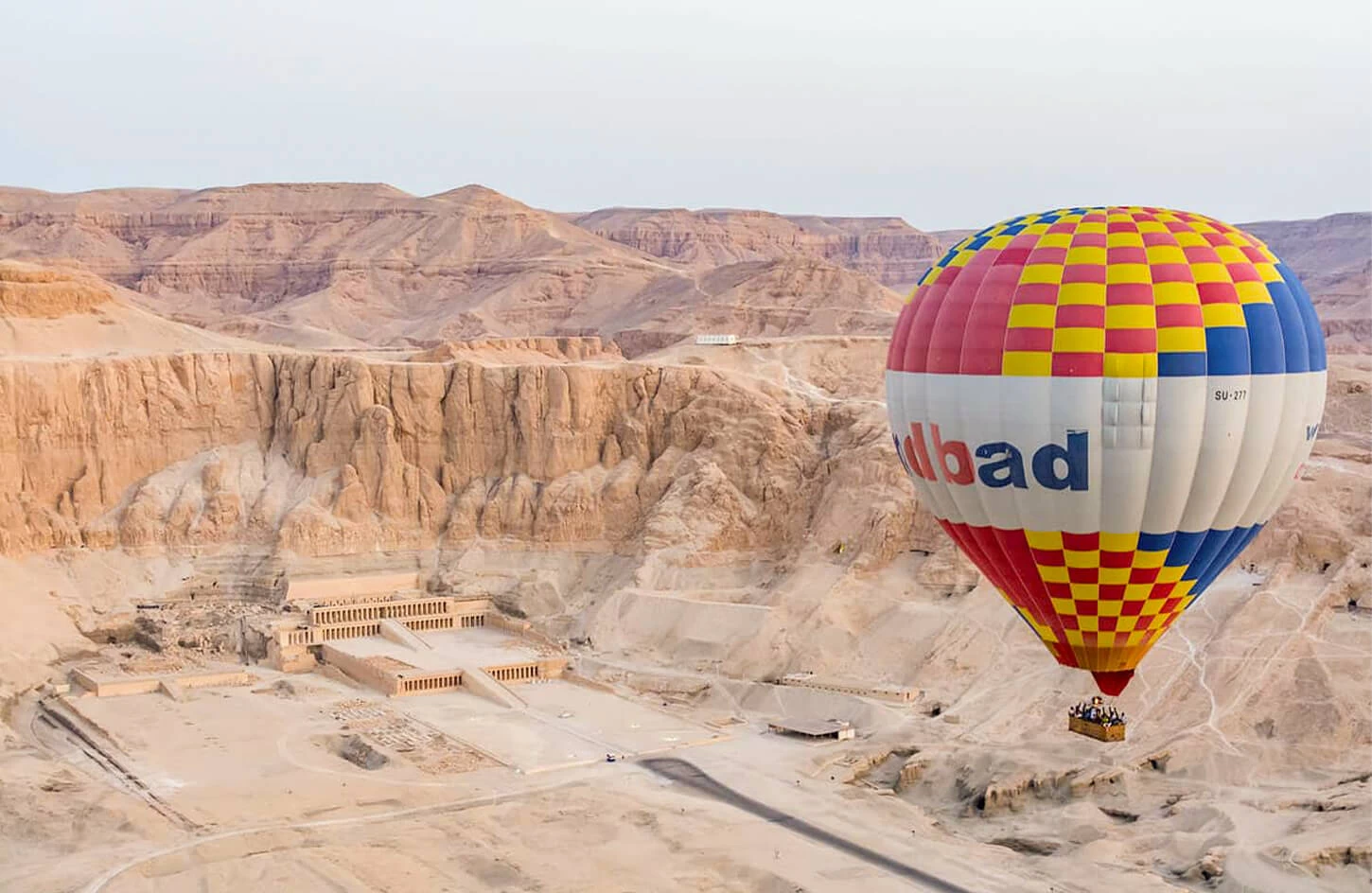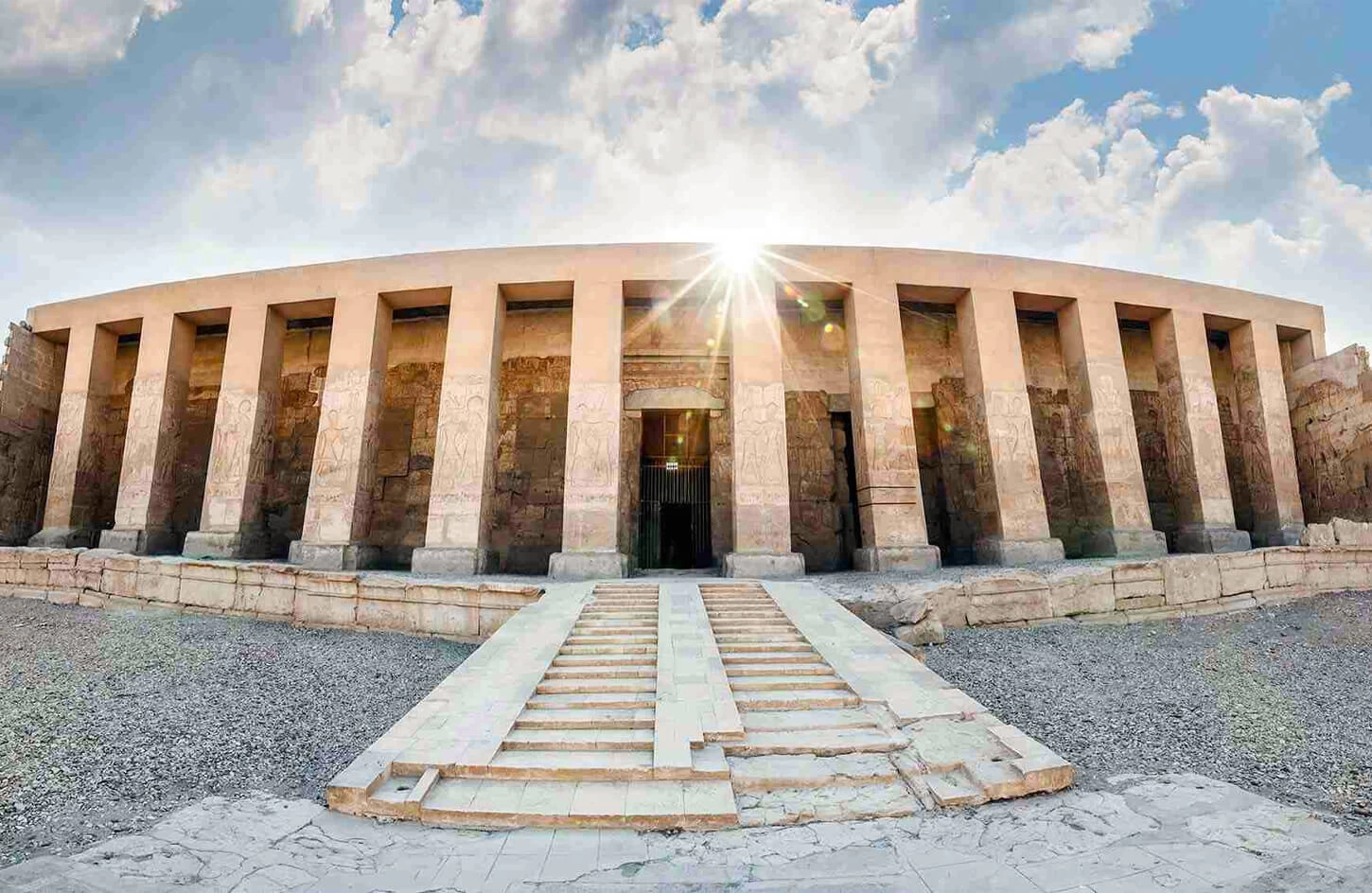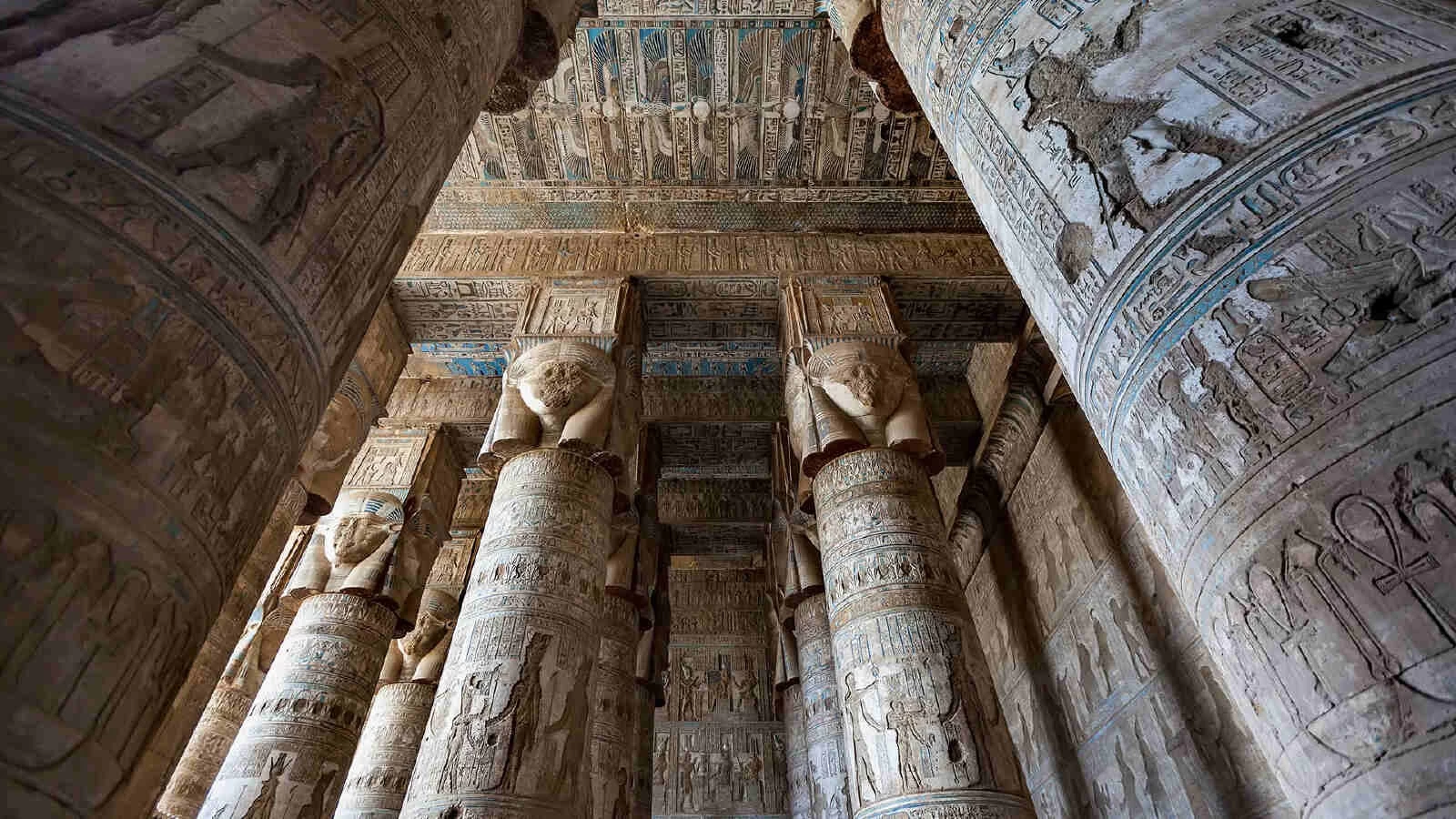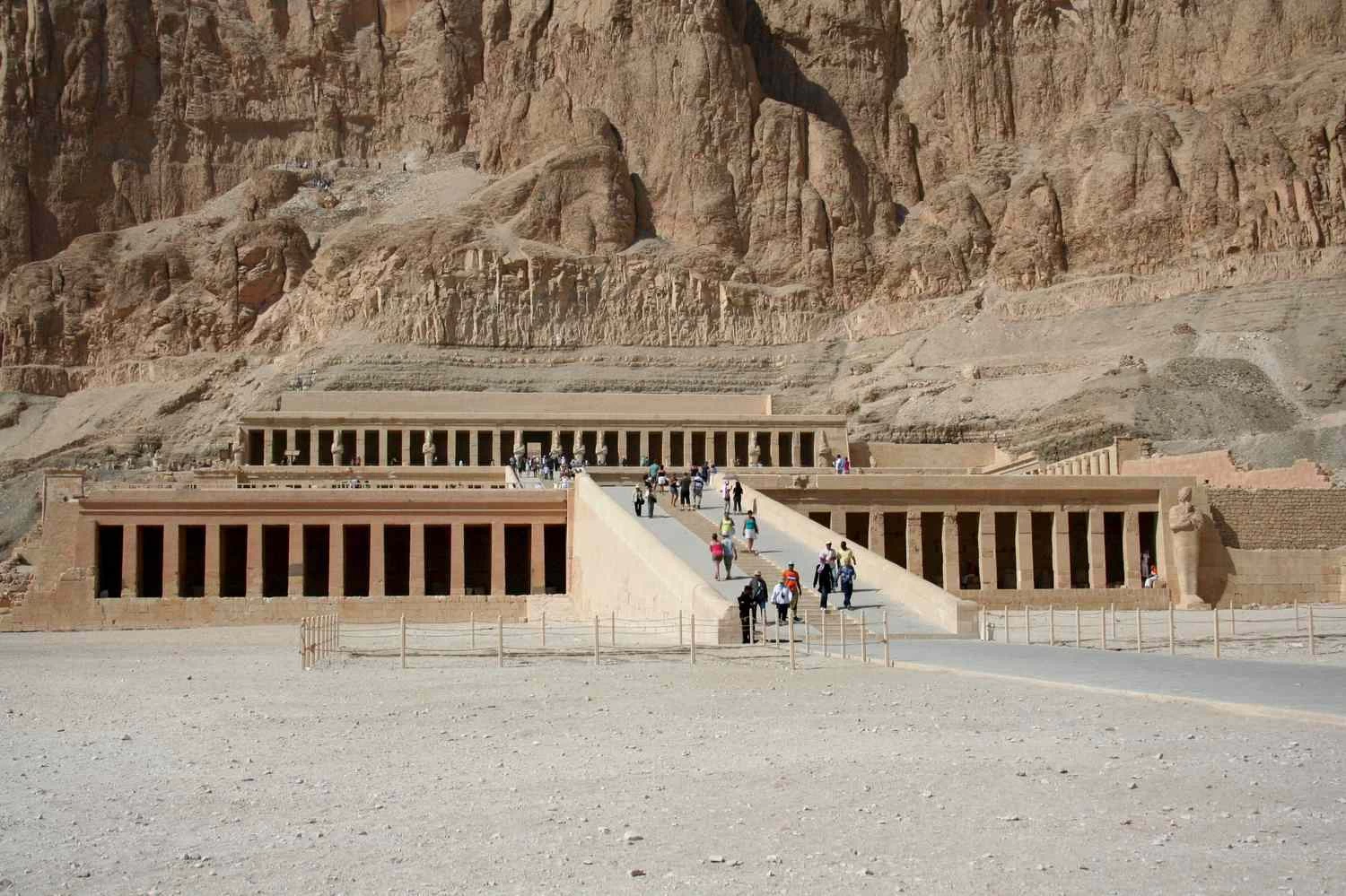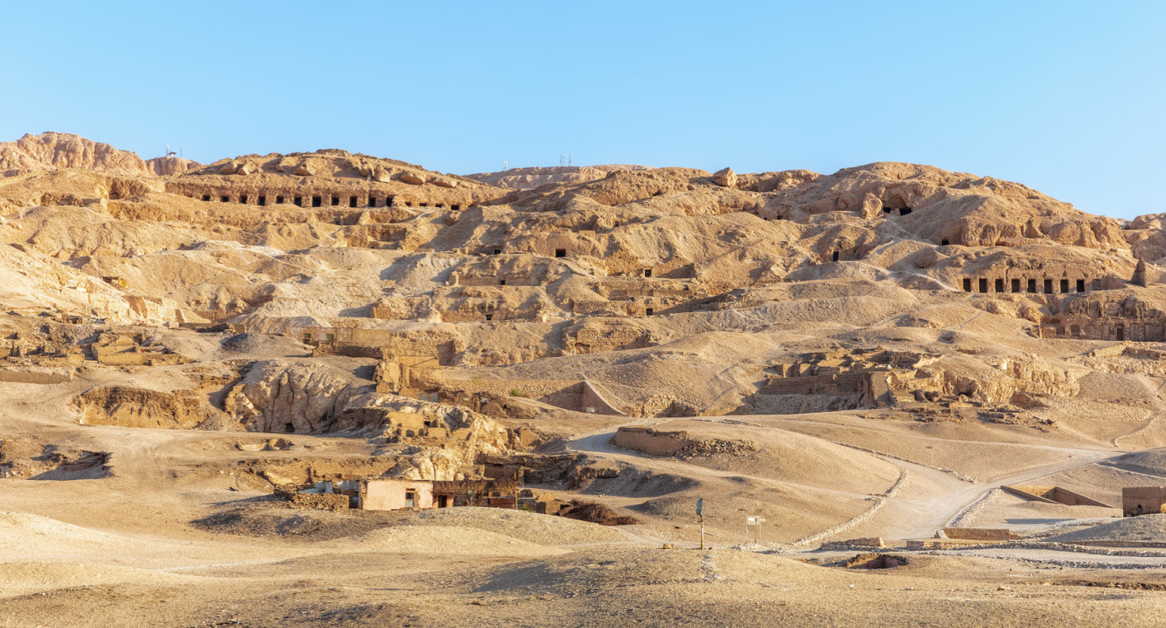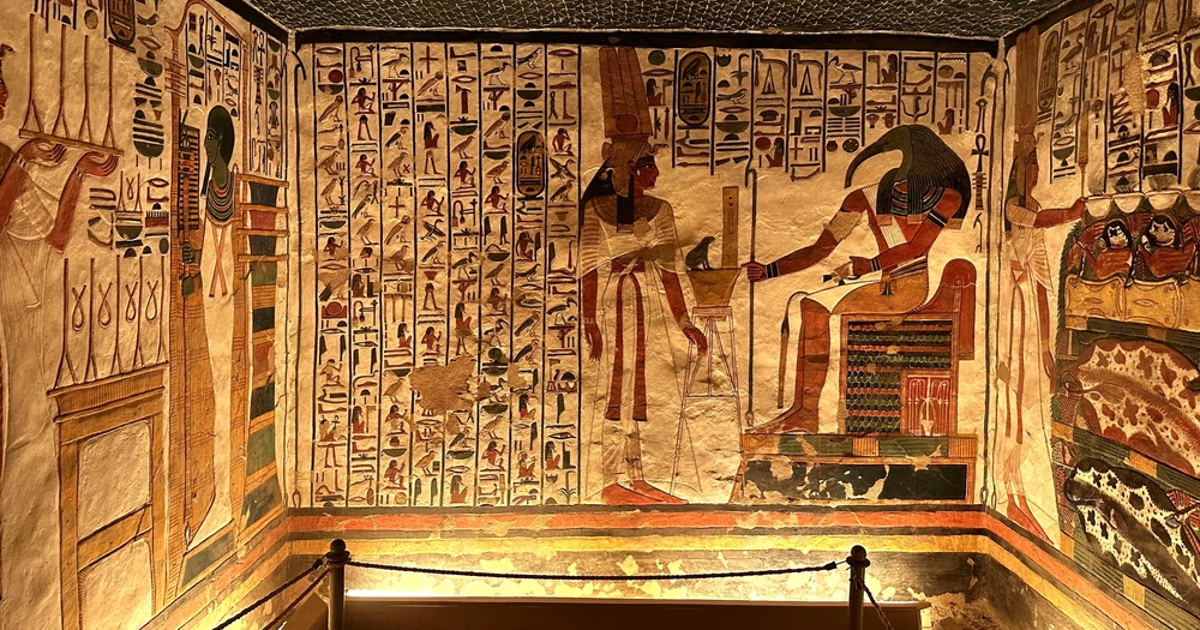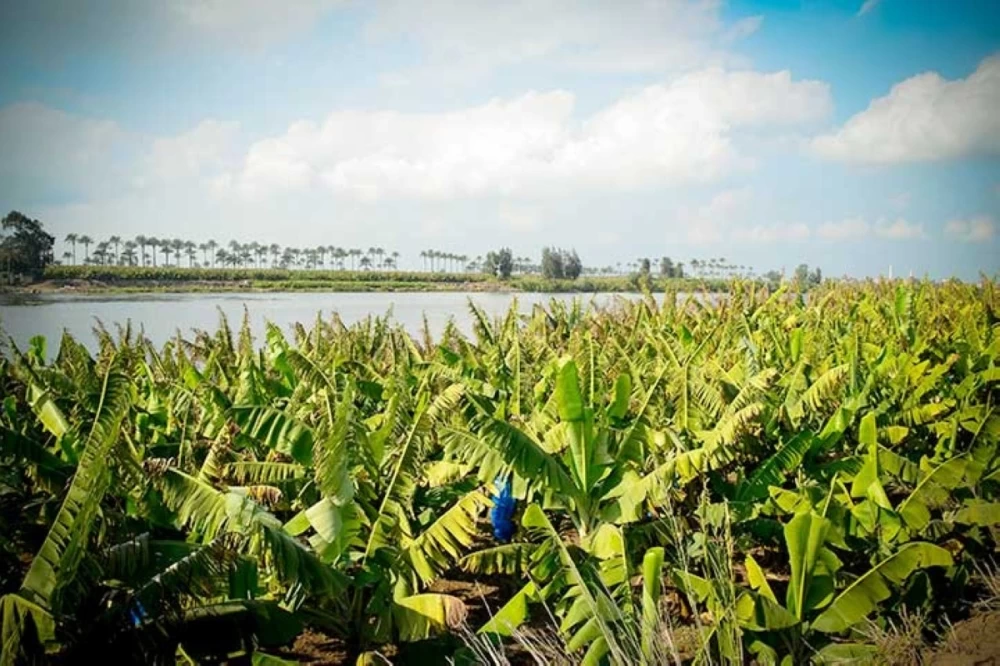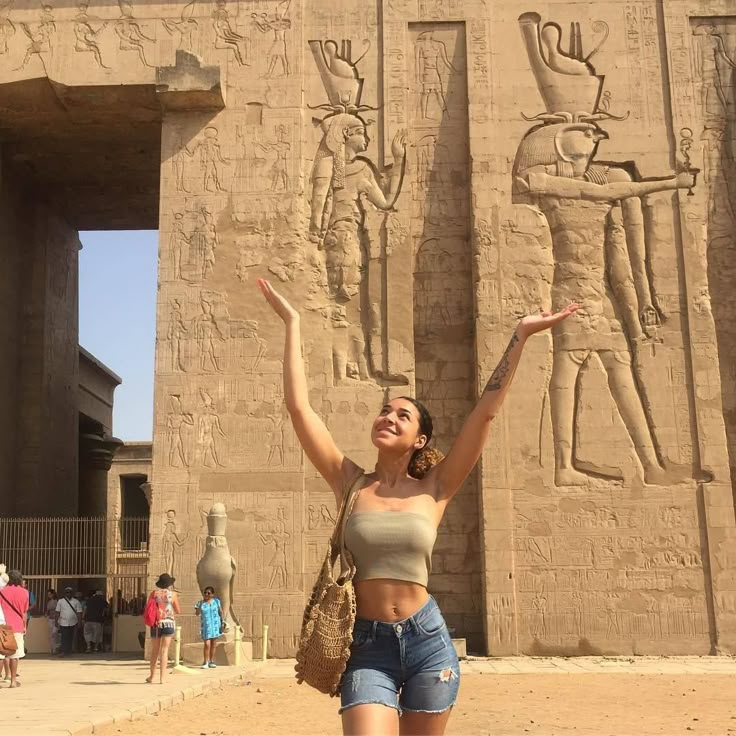Deir el-Shelwit temple best attraction in luxor
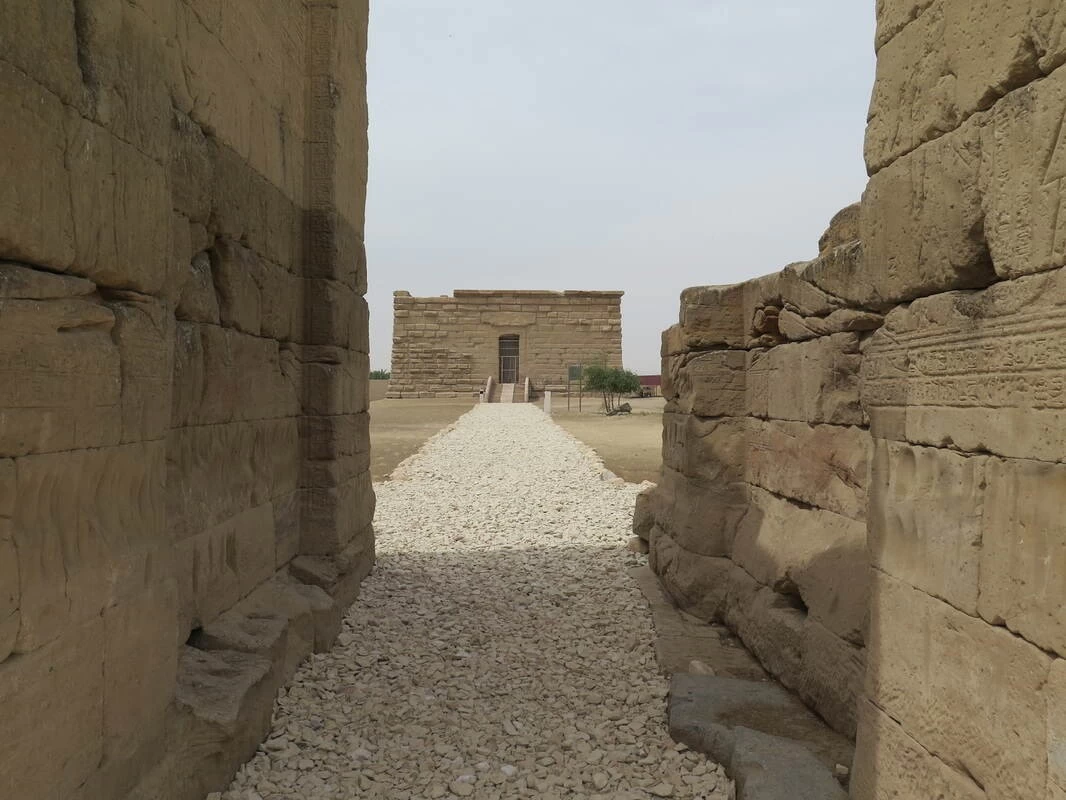
Being tucked away on Luxor's West Bank and largely ignored by tourists, the Deir el-Shelwit is a small but intriguing temple that presents some insights into the later periods of the ancient Egyptian religion. Built during the Greco-Roman period and dedicated to the goddess Isis, this small sanctuary quietly contrasts with the huge monuments of Karnak or Medinet Habu nearby. Though small in size, Deir el-Shelwit is abundantly covered with reliefs and inscriptions well-preserved through the ages, while a few of them are yet to be finished, giving us insight into the changing style of the period. For those curious to explore beyond the usual tourist trail, Deir el-Shelwit is an unheralded jewel that can be easily fitted into a Luxor day trip, offering peace, history, and an insight into religious continuity long after the days of the pharaohs.
Why Visit Deir el-Shelwit?
Deir el-Shelwit is a hidden jewel of Luxor's West Bank with an ethereal, somewhat eerie ambience, far from the usual crowds. In contrast to the grand temple complexes of Karnak or Luxor Neter, this small Greco-Roman-style sanctuary dedicated to the goddess Isis reveals another lesser-explored aspect of ancient Egyptian religion and art. The sculptured reliefs in a better state of preservation, the unfinished work, and the serene setting constitute an ideal stop for those travelers intent on something more profound than the typical sights are see. It is usually not highly frequented and would go tremendously well in a day trip from Luxor, taking in sites such as Medinet Habu and Colossi of Memnon. Deir el-Shelwit lets visitors appreciate the rich tapestry of Egypt's history in a very intimate, tranquil setting enormous contrast from most of its monuments of grandeur that tell bigger tales.
The Facts About Deir el-Shelwit
Location: Deir el-Shelwit is situated on the West Bank of Luxor, not far from the Colossi of Memnon and Medinet Habu.
Era: This temple belongs to the Greco-Roman time (1st century CE), thus among the last erected upon Egypt's ancient religious landscape.
Dedication: The temple is dedicated to Isis, the mother goddess and protector of magic and healing.
Specialities: Deir el-Shelwit, unlike most temples around, contains unfinished reliefs that disclose various stages of ancient carving techniques.
Size: The temple is small and compact, with one sanctuary and an enclosure wall built of mud bricks.
Decoration: The walls exhibited delicate reliefs of Roman emperors: e.g., Hadrian offering to the Egyptian gods. Such ceremonies illustrate the merging of Roman and Egyptian religious conceptions.
Less Visited: It is amongst the least-visited temples in Luxor, for indeed it provides an atmosphere of quiet, with no crowd to speak of, to indulge in one's musings.
Top Things To Do at Deir el-Shelwit
Deir el-Shelwit is a peaceful and tranquil experience for any traveler in the West Bank of Luxor. Begin by examining the mostly intact Greco-Roman reliefs on the walls of the temple, which show Roman emperors presenting honors to traditional Egyptian deities, foremost among them being Isis, to whom the temple is dedicated. Look at the unfinished carvings on the walls, giving a rare opportunity to understand ancient artistic techniques. Take the time to walk around the small sanctuary, imagining the quiet ceremonies once held within those walls. Being one of those lesser-known sites is a plus for anyone looking for a quiet detour on a day trip to Luxor, especially in combination with nearby attractions such as Medinet Habu and the Colossi of Memnon. In any case, the peaceful ambience and historical aura make it truly worthwhile for an archaeology enthusiast or an off-the-beaten-path traveler.
Guide to Deir el-Shelwit
Location:
Deir el-Shelwit lies on the West Bank of Luxor, near the colossal statues of Memnon and Medinet Habu, a perfect place for exploration in this rich archaeological terrain.
History:
Greco-Roman period, first century CE, the temple is dedicated to the goddess Isis. This site represents an interesting mixture plotting Egyptian and Roman religious influences.
Getting There:
Take the boat across the Nile from Luxor City on the Eastern Bank or the Luxor Bridge. After that, a taxi will get you to Deir el-Shelwit, possibly as part of a package tour alongside other sights nearby.
What to See:
-Reliefs that are still satisfying to behold, showing Roman emperors making offerings to Egyptian gods.
-Unfinished reliefs showing the stages through which ancient craftsmen worked upon their art.
-A small sanctuary comprising mudbrick enclosure walls, the place offers an ambience for calm reflection.
When to Visit:
In the early morning or late afternoon, to avoid the heat and enjoy the serenity.
Tips:
-Always wear comfortable shoes since the surface can sometimes be uneven.
-Sunscreen and water are necessary when there is almost no shade.
-A local guide or a day tour through Luxor will help you understand much better the history and importance of the site.
Nearby Attractions:
Try pairing this visit with Medinet Habu, the Colossi of Memnon, and other sites on the West Bank for a full day of adventures.
